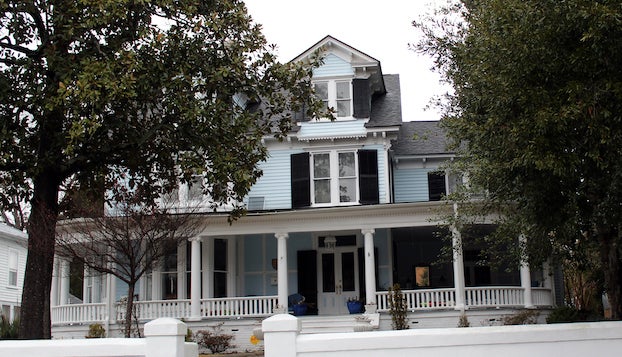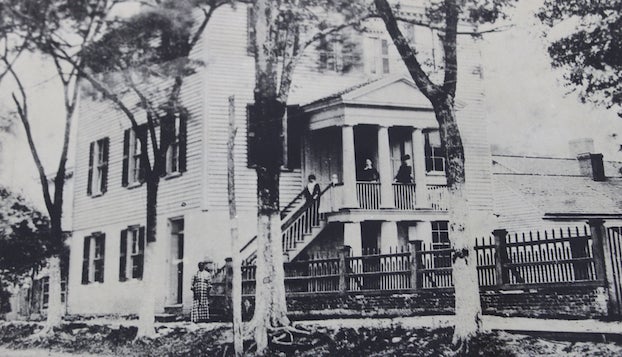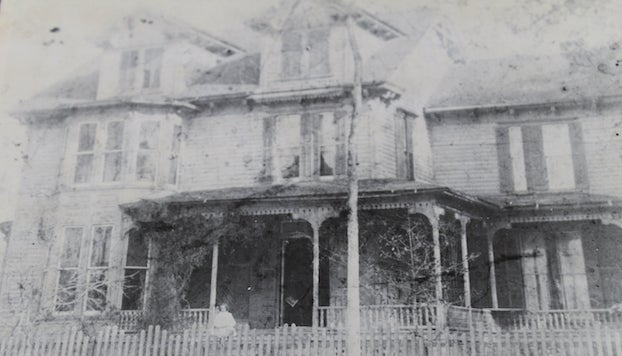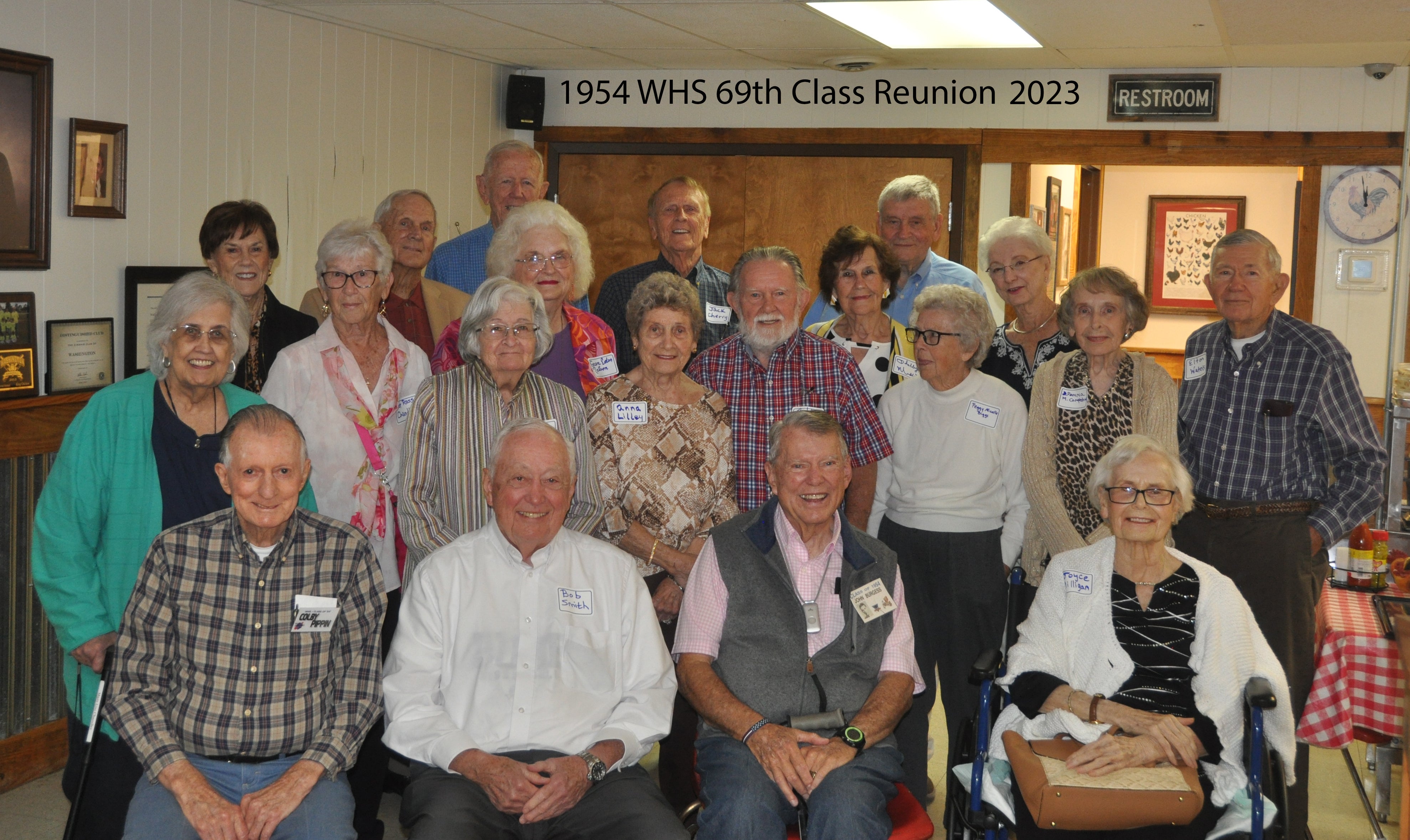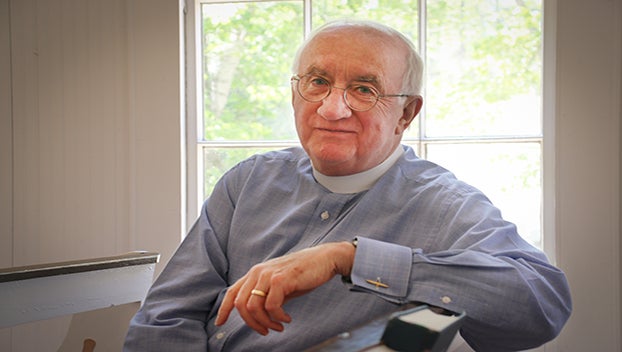Another historical mystery put to rest
Published 5:15 pm Friday, February 3, 2023
|
Getting your Trinity Audio player ready...
|
By Clark Curtis for the Washington Daily News
The large, stately home at 412 W. Main Street is most commonly known as the J.B. Fowle House. It was purchased by John Blackwell Fowle and his wife Elizabeth Taylor Fowle, in 1888. Historic writings up until now showed that the original home was built by W. H. Willard in 1816. But not so, says Brown Library Historian Stephen Farrell, after some investigative work following a recent discovery. “This all started when I came across a document penned by James O’Kelly Williams in 1818 to State Senator, Reading Grist,” said Farrell. “Williams, a member at the time of the House of Representatives, represented Beaufort and Hyde counties, was proposing that a canal be created from Plymouth to Washington to keep Washington from being overshadowed. There was an underlying fear that if a canal were to run south of Washington it would destroy all possibility of future growth.”
This letter proved to be the key for tracing the history of J.O.K. Williams which unlocked the mystery behind who built the home at 412 W. Main Street.
After finding the document Farrell began researching who J.O.K. Williams was. He found that Williams was born in 1785 and would later inherit wealth from his father James Wiliams who passed away in 1815. Williams would later marry Sarah Ann Grimes, the sister of Bryan Grimes Sr., the father of Confederate Major General Bryan Grimes. Farrell also found that Williams had been a slave owner but ironically sold property to freed slave Hull Anderson, who became one of Washington’s most prominent landowners, businessmen, and shipwrights, and the only African American shipyard owner. He also confirmed that Williams had been a state senator and state representative in the 18-teens to 1830’s.
“After this I was then able to find the register of deeds which indicated Lot 11, where the home sits, was sold in 1811, to Mr. J.O.K. Williams,” said Farrell. “However, the furthest back the lineage went to the home was to a W.H. Willard, dated 1816. So of course, that didn’t make any sense. I did the genealogy on the Willard family and found that W.H. Willard was not even born at the time we thought he had built the house.”
Farrell would go on to learn that J.O.K Willams sold the home to James Ellison in 1831. That same year Ellison then sold the home to Bryan Grimes Sr., the brother-in-law of J.O.K. Williams. Grimes would later sell the home to W.H. Willard, a commission merchant and a wholesale dealer in general merchandise at the time in Washington. Farrell said the home underwent its’ most dramatic changes after the Fowle’s purchased it in 1888. They actually had the home moved back away from the street and made several additions to the home including the huge wrap around porch. “All of this ties into the spiderweb of Washingtons’ history and how the community weaves together through marriage, through friendship, or through business. These are all pieces that create the big picture of our history.”
Farrell said like many other places, history is often based off of stories and folklore. He says it is when you dive into the history when you can finally begin putting all of this together and writing the correct history of Washington. And its’ great role in the state of North Carolina, Eastern North Carolina and the United States. “All of this is just a grain of sand on a large beach, which is Washington’s history,” he said. “This is just another example of our communities’ deep historic roots in North Carolina. Just the mere fact that J.O.K. Williams purchased this lot in 1811. That’s older than most towns east of I-95 and he was purchasing property at that point.”


